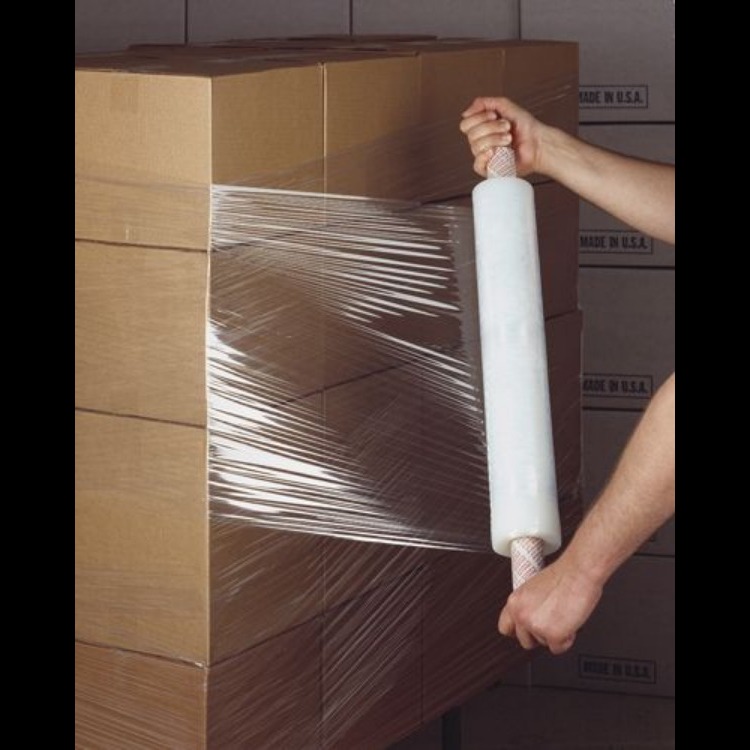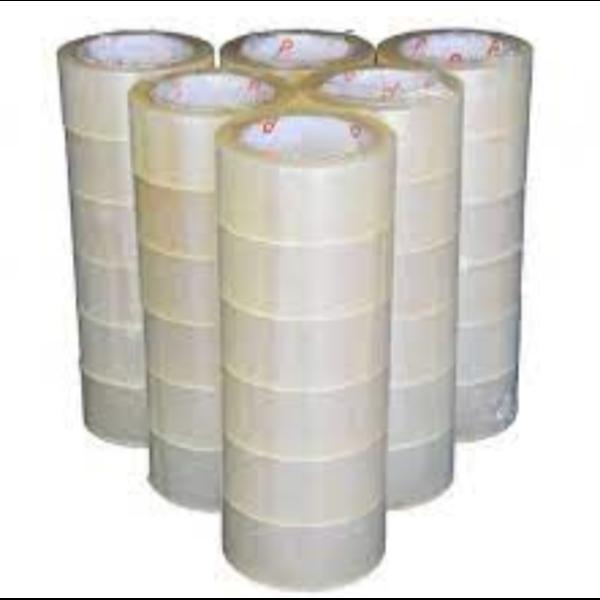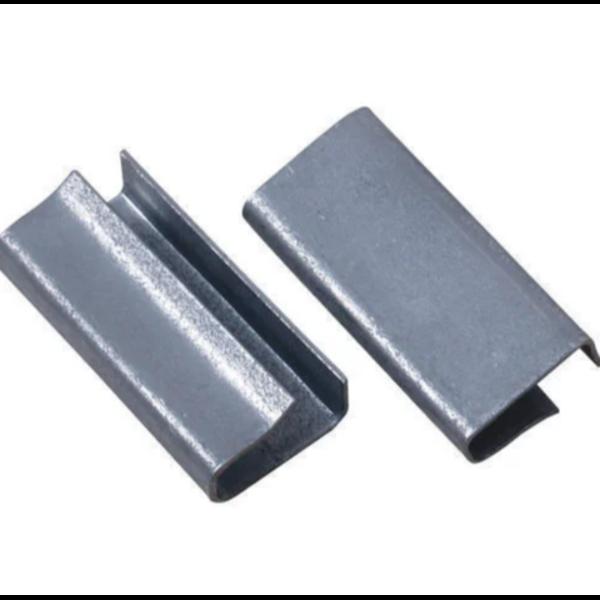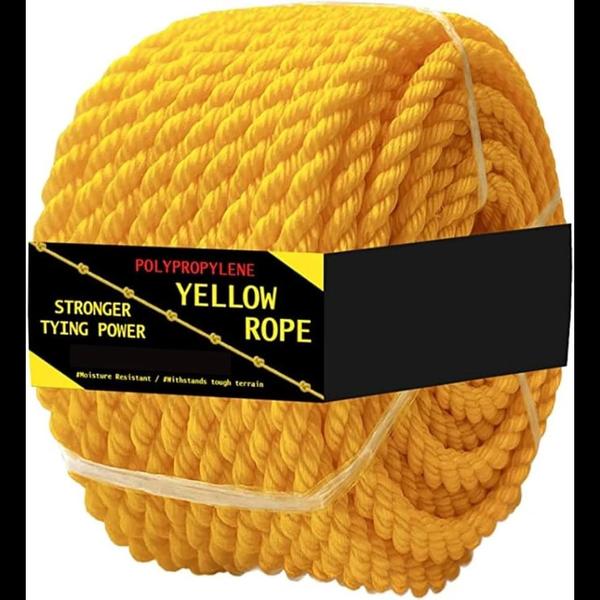
Stretch film, also known as stretch wrap or pallet wrap, is a highly elastic plastic film commonly made from linear low-density polyethylene (LLDPE). Its primary purpose is to wrap and secure items, most notably those on a pallet, to create a stable unit for transportation and storage.
Here are some key characteristics and uses of stretch film:
* **Elastic Recovery:** The film's highly stretchable nature and elastic recovery allow it to cling tightly to itself and the wrapped objects. This creates a strong holding force without the need for adhesives.
* **Protection:** It provides a barrier against dust, dirt, and moisture, protecting the products inside. It can also offer some degree of tamper-evidence and security against pilferage.
* **Unitizing:** Stretch film is widely used to consolidate multiple items into a single, stable load, which makes handling, storage, and shipping more efficient.
* **Manufacturing:** The two main methods for producing stretch film are the **blown film process** and the **cast film process**.
* **Blown film** is known for its superior puncture resistance, strength, and cling, though it may be hazy and noisy to unroll.
* **Cast film** is typically clearer, quieter, and has more consistent thickness, but it may have less tear and puncture resistance.
* **Application Methods:**
* **Hand wrap** is applied manually and is suitable for low-volume operations or for wrapping irregular items.
* **Machine wrap** is used with stretch wrapping machines for high-volume applications, offering greater efficiency, speed, and consistency.
* **Pre-stretched film** is pre-stretched during the manufacturing process, making it lighter and easier to apply with less effort and material.
Stretch film is a versatile packaging solution used across various industries, including manufacturing, logistics, and warehousing, for a wide range of products from boxes on pallets to furniture and pipes.




